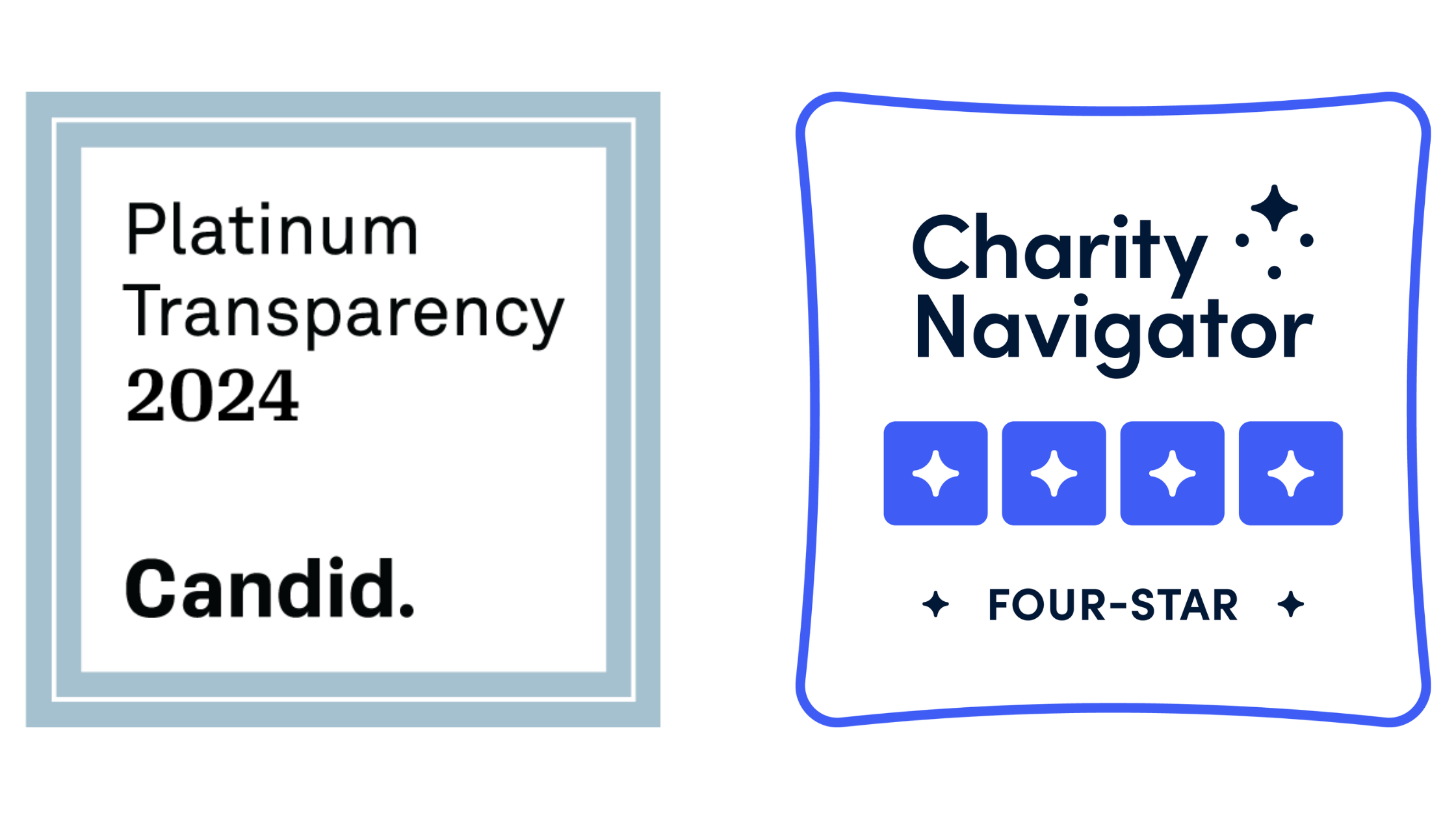Why young people need HOPE
Right now, young people and their families are facing economic, systemic, or circumstantial barriers that limit their hope and possibilities.
What does it mean to be a young person “in need?” Need can include a variety of factors, such as financial hardship, severe stress on the family, parent/guardian illness, neighborhood violence, or an underperforming school—most anything that would create significant barriers to a young person realizing their potential.
Hope Ignites works closely with each young person and their family, guardian, or support system to assess their unique situation, needs, interest, and motivation to self-select into the program.
They need to believe that their lives can get better.
That’s why Hope Ignites is focused on creating access and opportunity, so more young people have hope for safe, nurturing spaces where they can learn, grow, and thrive.
young people in the US live in families with incomes below the federal poverty line.
Socioeconomic Status
Children born into poverty are six times more likely to drop out of school.
Poverty
%
of US high school students reported being treated badly because of their race or ethnicity
Racism
Large disparities by race and ethnicity continue to exist between outcomes for underrepresented minorities and their peers, such as education, college acceptance, degree attainment, incarceration, addiction, as well as physical and mental health outcomes.
Racism has negative impacts on education and a child’s ability to perform well in school. Perceived racism was highest among Asian (63.9%), Black (55.2%), and multiracial students (54.5%). Students who reported perceived racism had higher prevalences of poor mental health (38.1%); difficulty concentrating, remembering, or making decisions (44.1%); and not feeling close to persons at school (40.7%).
%
of young people in 2021 reported a parent or other adult in their home lost a job.
Stress on Families
%
and up to 85% of teens have experienced community violence by age 16
Community Violence
%
of high school students reported they persistently felt sad or hopeless during the past year.
Sadness and Hopelessness
THE COST OF INACTION
The costs to society are significant when negative outcomes span a child’s lifetime. We lose the economic productivity, civic engagement, and volunteerism, in addition to the incredible contributions and innovation these young people have to share.
HERE IS HOW YOU CAN PROVIDE HOPE
Working to nurture and guide motivated
young people in need to become well-educated,
career-ready men and women for others
